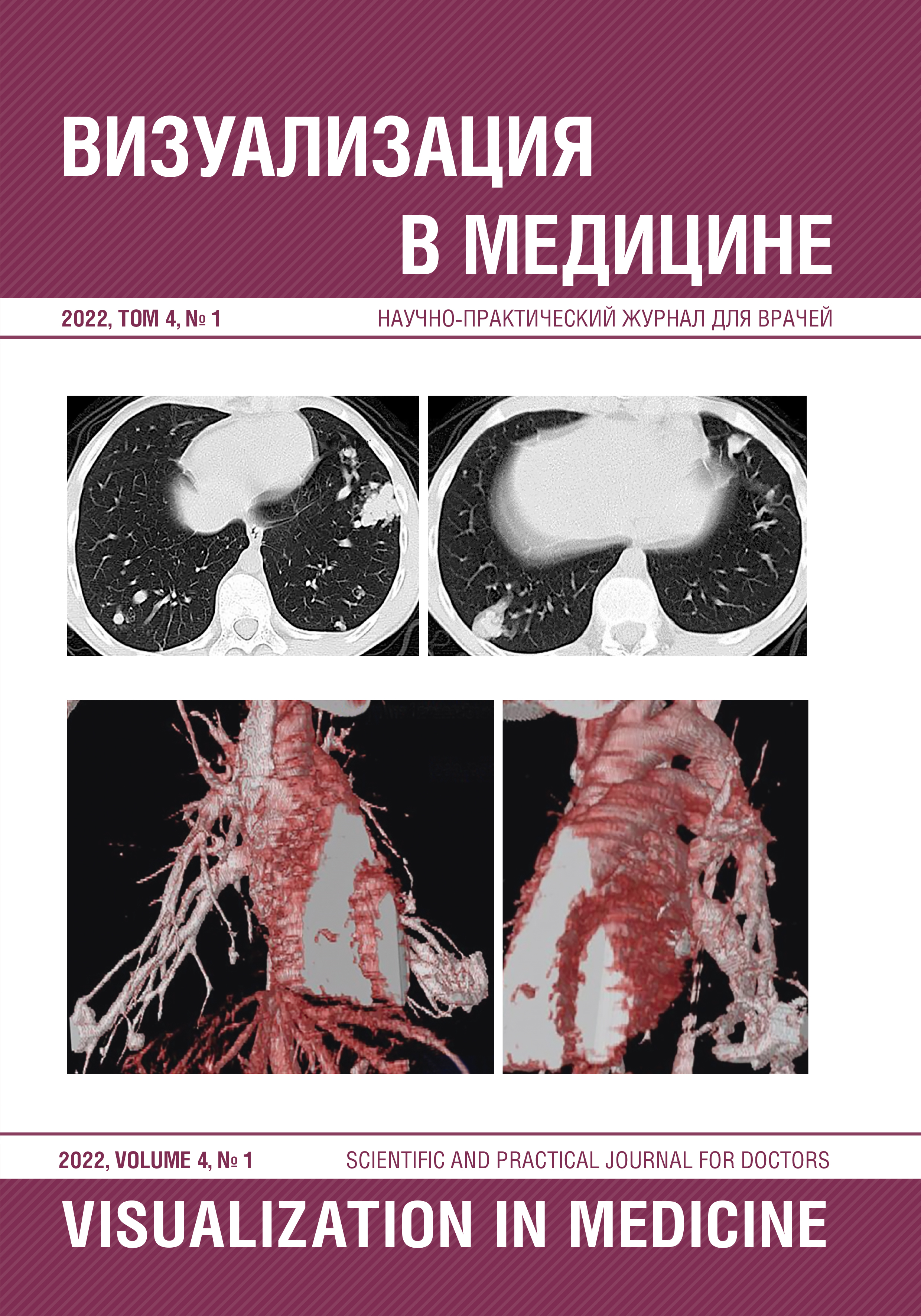Clinical and radiation features of pulmonary sarcoidosis in young people
Abstract
Sarcoidosis is a polysystemic disease of unknown etiology, which, according to its morphological features, belongs to the group of granulomatosis. There are few publications on the detection of sarcoidosis in young adults, and there is no analysis of their clinical and radiation features. Purpose of the study. To evaluate the clinical and radiation features of the course of respiratory sarcoidosis (SOD) in young people. Materials and methods. From 2016 to 2020 Research Institute of Interstitial and Orphan Lung Diseases, St. Petersburg State Medical University acad. I.P. Pavlov, 463 patients with SOD (m/f 185/278, mean age was 35.5 ± 11.3 years) first applied. The diagnosis of sarcoidosis was established on the basis of a comprehensive clinical, radiological and functional examination and confirmed histologically in 75.2 %. All patients underwent traditional clinical, laboratory, X-ray studies (radiography in two projections), HRCT, a comprehensive functional study of external respiration (CFID), ECG and echocardiography. Results. Patients with SOD of young age were 177 (38.3 %) out of 463 patients (mean age 29.6 ± 2.6 years, m/f 98/79). Under the age of 34, men predominated, after 35 years - women. Younger patients complained less frequently than older patients (weakness - 24 % vs 55 %, shortness of breath - 14 % vs 54 %, arthralgia - 13 % vs 31 %). In young adults, manifestations of systemic sarcoidosis (including those with cardiac involvement) were more common. Against the background of stage 4 sarcoidosis, signs of fibrosing sarcoidosis were revealed in 2 young patients. The choice and implementation of various methods of treatment (SCS, plasmapheresis, cytostatics) in young patients practically did not differ from treatment in older patients and was carried out taking into account the formation and condition of the skeleton and muscle mass of the patient, disease activity, extrapulmonary manifestations, comorbid pathology. Side effects on the background of ongoing corticosteroid or cytostatic therapy in young patients were observed 3 times less frequently than in older patients. Conclusions. Knowledge of the clinical and radiation features of sarcoidosis in young patients allows timely diagnosis and correct treatment.



